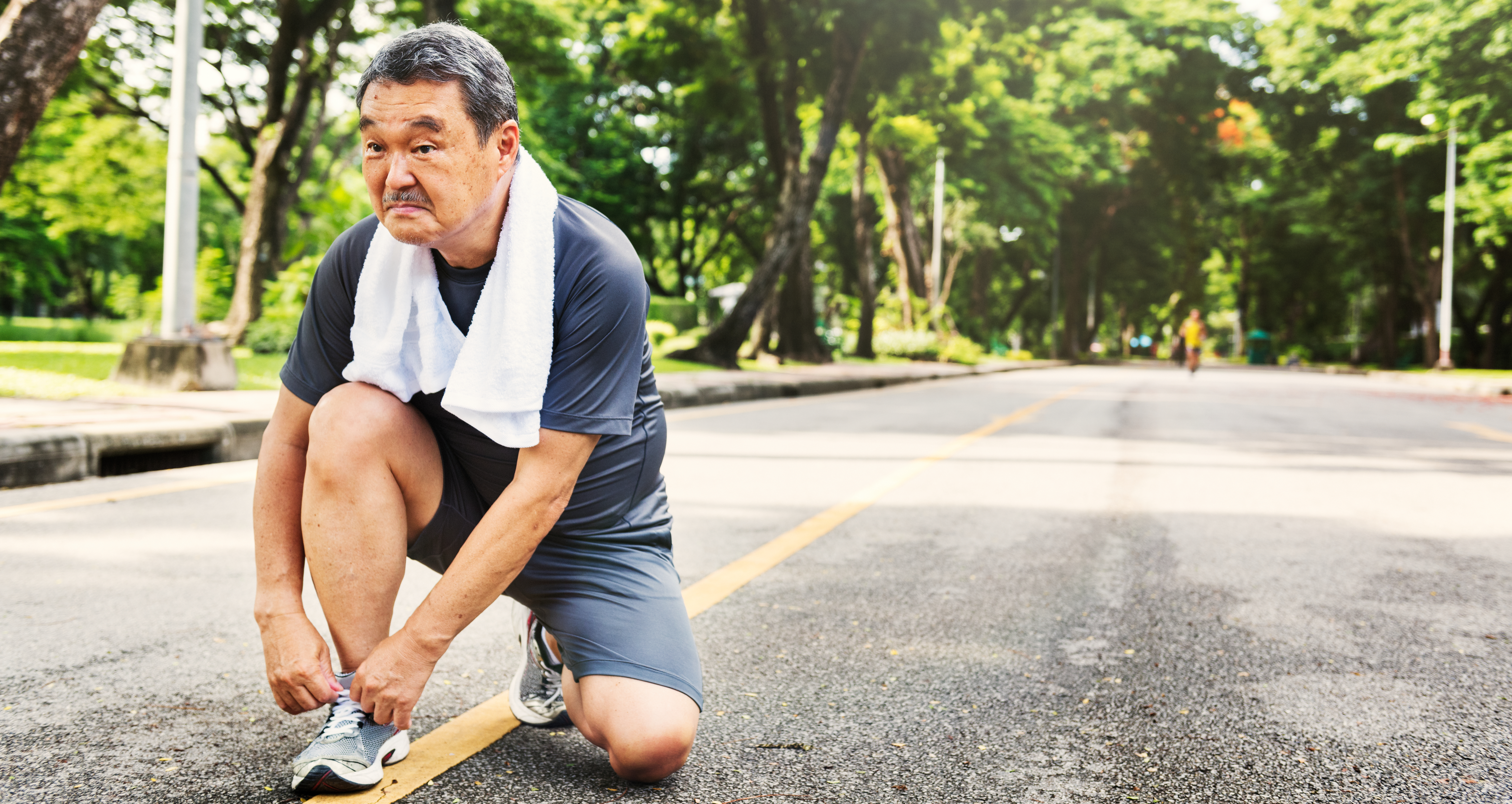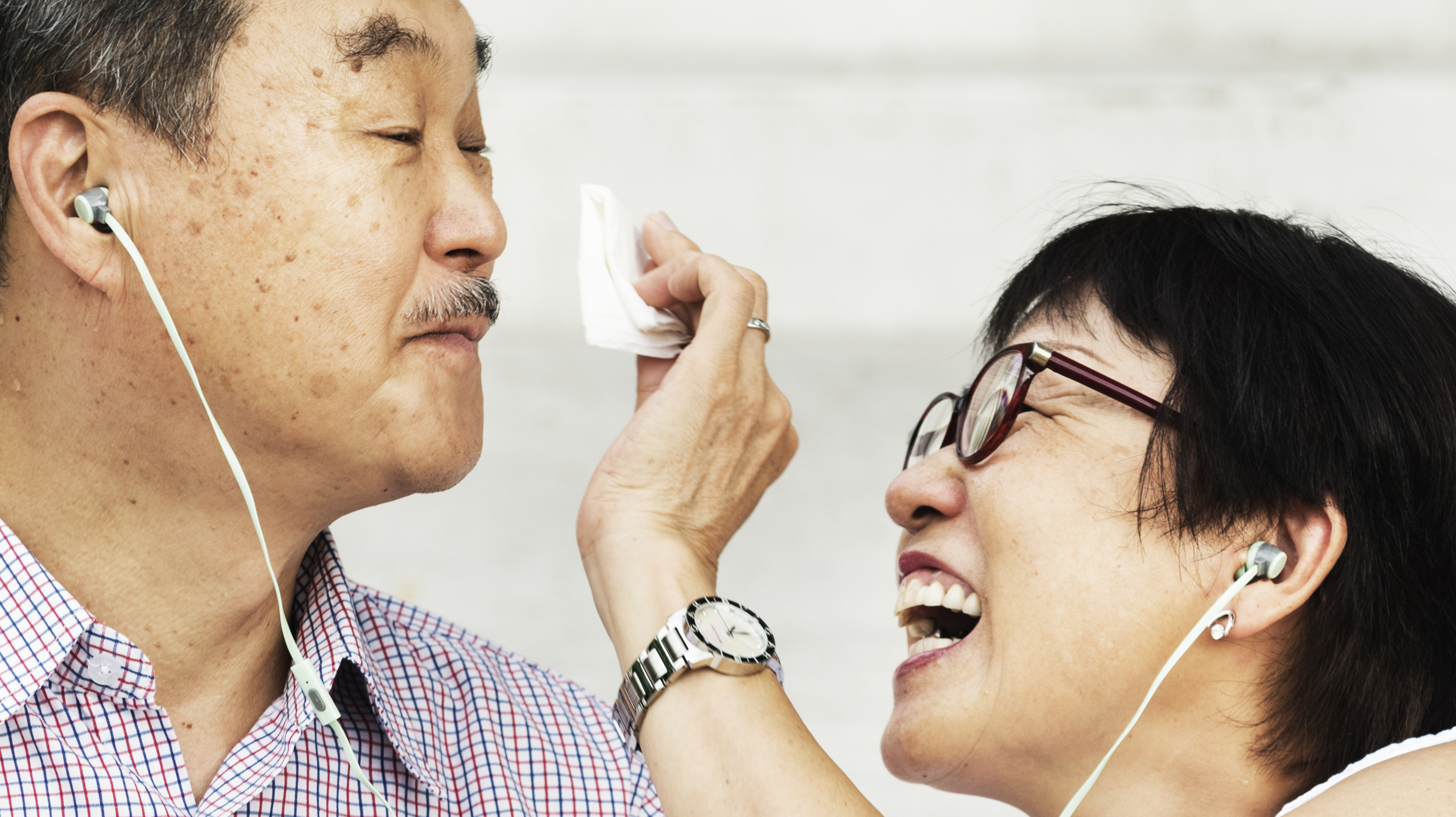Understanding the Long-Term Effects of Stroke
26 April 2021
Effects of stroke that occur after the emergency stage can either recover or remain permanent. This may depend on a few factors including the time taken between the stroke onset and the patient receiving emergency care, severity of stroke, and the area of the brain that is affected by the stroke.
These symptoms and problems may persist after the patient becomes well enough to be discharged from the hospital, but many of these can potentially improve or recover with consistent and intensive physiotherapy, occupational therapy, speech therapy, and other specialised rehabilitation processes.

Effects of Stroke
Balance problems • Bladder and bowel problems • Emotional and personality changes • Fatigue • Weakness and paralysis • Hemispatial neglect • Seizures • Sleep disturbances • Spasticity • Visual disturbances
Balance problems
Balance allows us to maintain our centre of gravity and be physically stable. Stroke changes how the brain controls balance, making the patient feel unsteady or uncoordinated.
The brainstem is the part of the brain that controls balance, so patients may be left with imbalance and vertigo (spinning dizziness) if stroke happens there.
Bladder and bowel problems
Incontinence happens when the patient loses control of the bladder or bowel due to weak muscles, nerve damage, and changes in sensation.
Functional incontinence means failing to get to the toilet on time when the patient has trouble communicating their needs, getting to places, getting their clothes undone, or accessing the toilet correctly.
Constipation (difficulty passing stool) is usually caused by insufficient liquid intake, low activity levels, or comes as a side effect of medication, instead of being an aftermath of stroke itself.
Emotional and personality changes
The physical impacts of stroke are very stressful and can easily cause irritability, shame, and distress that may result in behavioural changes vastly unlike the patient’s normal character and demeanour.
Apart from emotional burden, brain injury also affects the way patients respond to others and their surroundings in ways that they cannot control. Among other things, this may show up in the form of emotional lability, a neurological condition that leads to rapid, inappropriate, and exaggerated changes in mood, such as intense outbursts of laughing and crying that are wrong in context.
Fatigue
Patients may feel constantly tired after a stroke that does not improve with additional rest. Both physical and psychological factors contribute to fatigue, which differs from normal tiredness by how unexpectedly and overwhelmingly it can come.
The feeling of extreme exhaustion should be properly addressed, because it makes rehabilitation and recovery efforts more difficult when patients feel they lack all energy to accomplish anything, which would further worsen their mental health state.

Weakness and paralysis
Hemiparesis is weakness (loss of strength) on one side of the body, while hemiplegia is paralysis (loss of muscle function) on one side of the body.
Movement and sensation on one side of the body is controlled by its opposite side in the brain. So when stroke causes damage on either hemisphere of the brain, the other side of the body will then be affected.
Hemiparesis and hemiplegia are most commonly caused by stroke, and affect 4 out of 5 stroke patients. Both are unpredictable, which means that it is impossible to determine whether a patient will be left with either conditions, or at all, at the onset of injury.
Depending on its severity, hemiparesis can pose a mild inconvenience, or become the root cause of serious health complications such as breathing difficulties and muscle spasticity.
Spontaneous recovery from hemiparesis and hemiplegia is possible. The more aggressive the rehabilitation process, the likelier it is for patients to recover from them.
Hemispatial neglect
One-sided body neglect happens when patients fail to pay attention or form awareness to the affected side of the body. Patients usually fail to respond or direct themselves to stimuli on a single side only, such as only finishing food on half of the plate, forgetting to cover, groom, or use the affected limb, or keeping their head turned away from the weakened side.
Seizure
Post-stroke seizure is common, and is likely to first occur following the initial days of stroke, a few months after, or even a few years later.
Repeated seizures may result in a diagnosis of epilepsy. Apart from jerking movements, seizure can also affect the patient’s sense of smell and taste, vision, and consciousness.
Sleep disturbances
Poor sleep, insomnia, and excessive daytime sleepiness after stroke are frequently experienced, but can also significantly slow down the speed of recovery and lead to more injuries when patients try to move during sleepless nights.
Spasticity
Brain damage causes muscles to suddenly and uncontrollably contract so as to stiffen, tighten, and spasm, resisting stretch or movement. Apart from affecting motor function, spasticity can further interfere with speech, swallowing, continence, and many basic activities of daily living.
Visual disturbances
A big part of the brain is dedicated to vision. When a stroke injures the brain, the visual system frequently gets affected too.
Visual perceptual deficit affects the patient’s ability to process and understand what they see correctly, or in a way that makes sense.
Visual neglect or spatial inattention happens when the one-sided weakness causes patients to fail to appreciate or become aware of their visual field on the affected side.
Eye movement abnormalities due to muscle weakness may lead to blurring of vision or double vision, while jerking, flutters, dysmetria (lack of coordination resulting in undershooting or overshooting), and other deformities can also cause jumbled vision.

Conclusion
Recovery from stroke is possible with perseverance and the right team of healthcare specialists to support the patient’s journey, even though its timeline and extent are different for everyone.
Understanding post-stroke impacts, as a patient or a caregiver, encourages better readiness to deal with the problems that may arise following the return home from hospital, and a fuller compassion towards living life after stroke.
Links
Sunway Medical Centre Consultant Neurologists
Tags: Healthy Ageing






